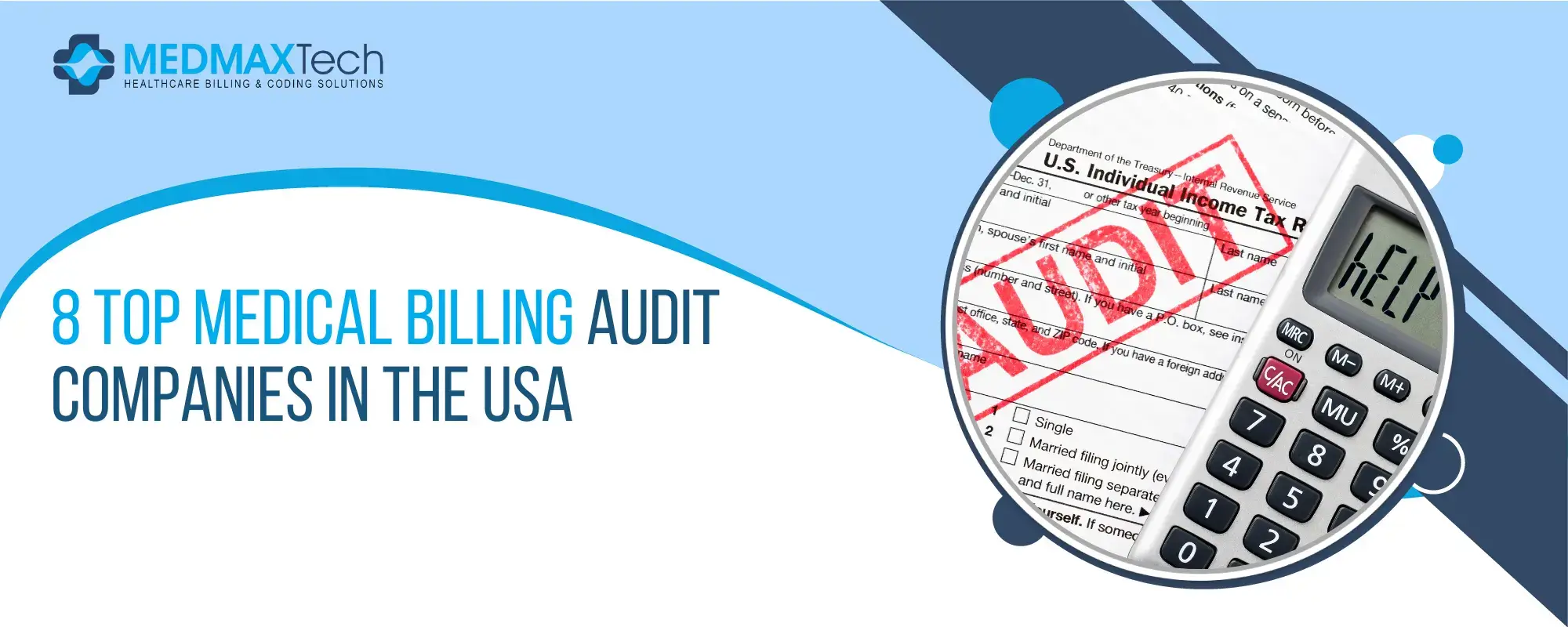
Credentialing And Enrollment – A Comprehensive Comparison
Provider credentialing and enrollment are two important processes in the healthcare industry, but they are often confused with each other. If you confuse credentialing with enrollment, your provider reimbursement will suffer. The issue is that there is a lot of overlap between them. However, having a firm grasp of each step and understanding the distinctions between provider enrollment and provider credentialing is the only way to manage your payor approval process and have your claims processed more effectively and properly. While they may seem similar, they are actually quite different and serve different purposes. In this blog, we’ll explore the key differences between credentialing and enrollment, and why they are important to healthcare providers and patients.
What is Provider Credentialing?
Credentialing in medical billing refers to the process of verifying the qualifications, education, and background of healthcare providers. This is an important step in ensuring that patients receive quality care from qualified and competent providers. The credentialing process typically involves checking the provider’s credentials, such as their medical license and professional certifications, as well as conducting background checks and verifying their work history.
The purpose of provider credentialing is to protect patients by verifying the competency and qualifications of healthcare providers. It also helps to establish trust between providers and patients, as well as between providers and healthcare organizations. By ensuring that providers have the necessary qualifications and experience, credentialing helps to reduce the risk of medical errors, improve patient outcomes, and increase patient satisfaction.
Payer credentialing is the process of obtaining approval from insurance companies to become a network provider for their plans. Credentialing in medical billing is important for healthcare providers because it allows them to receive payment for their services from insurance companies and ensures that their patients have access to the services they need.
Here is a step-by-step guide to the payer credentialing process:
Select Insurance Companies You Want To Participate With:
Before you begin the provider credentialing process, you need to determine which insurance companies you want to participate with. This will help you determine the scope of the credentialing process and ensure that you are ready to meet the requirements of each insurance company.
Gather Necessary Information:
To start the credentialing process, you will need to gather information about your practice, including your National Provider Identifier (NPI) number, tax identification number (TIN), and any relevant licenses or certifications. You will also need to provide information about your practice’s services, billing practices, and patient demographic information.
Complete The Payer's Credentialing Application:
Each insurance company will have its own application that you will need to complete. This application will require you to provide detailed information about your practice and your qualifications.
Submit Supporting Documentation:
Along with your application, you will need to submit supporting documentation, such as proof of licensure, malpractice insurance, and any relevant certifications.
Wait For The Decision:
Once you have submitted your application and supporting documentation, you will need to wait for a decision from the insurance company. This can take several weeks or months, depending on the insurance company’s process.
Follow-Up:
If you have not received a decision within the timeframe specified by the insurance company, you should follow up to ensure that your application has not been lost or delayed.
Maintenance:
Once you have been approved as a network provider, you will need to maintain your credentialing status. This will typically involve completing annual updates to your information and submitting additional documentation as required.
The payer credentialing process can take several weeks or even months to complete, so it’s important for healthcare providers to plan ahead and allow sufficient time for the process to be completed. Additionally, the process may need to be repeated for each insurance company the provider wants to work with. The payer credentialing process is an important step in the healthcare provider’s journey to receive payment from insurance companies and provide their patients with the services they need. By following this step-by-step guide, you can ensure that you are well-prepared and ready to navigate the credentialing process.
Once a provider has completed the payer credentialing process, they are added to the insurance company’s list of approved providers. This means that they are eligible to receive payment for the services they provide to patients who are insured by that company.
What is Provider Enrollment?
Enrollment, on the other hand, refers to the process of registering healthcare providers with insurance companies. This process is important because it helps to ensure that providers are able to receive payment for their services. Provider enrollment specialists submit information about the provider, such as their name, tax identification number, and National Provider Identifier (NPI) number, to insurance companies.
The purpose of provider enrollment is to ensure that providers are able to receive payment for their services from insurance companies. Provider enrollment services help to streamline the process of submitting claims and receiving payment for services, making it easier for providers to focus on providing care to patients.
Payer Enrollment Process
Payer enrollment is the process of registering with health insurance companies so that a healthcare provider can be reimbursed for the services they provide to patients. The enrollment process is essential for healthcare providers to participate in the insurance reimbursement process and to get paid for their services.
Here is a step-by-step guide to the payer enrollment process:
Determine Eligibility:
The first step in the payer enrollment process is to determine if you are eligible to enroll with a particular health insurance company. Eligibility criteria vary by payer, but typically include having a National Provider Identifier (NPI) number, a valid medical license, and being in good standing with your state’s medical board.
Gather Required Information:
The next step is to gather all of the necessary information required by the payer. This information may include your NPI number, tax ID, practice location, bank account information, and a list of the healthcare services you provide.
Submit An Enrollment Application:
Once you have gathered all of the required information, you can submit an enrollment application to the health insurance company. The application process may vary by payer, but typically involves submitting the application online or by mail.
Review And Approval:
After submitting the enrollment application, the payer will review the information you provided. If there are any discrepancies, they will request additional information from you. Once the payer has all of the necessary information, they will make a decision about whether to approve or deny your enrollment.
Maintenance:
Once you have been approved for enrollment, you must maintain compliance with the payer’s requirements, such as completing annual credentialing updates and adhering to the payer’s billing and coding guidelines.
Wrap Up!
The payer enrollment process is a critical component of participating in the insurance reimbursement process. By following these steps, healthcare providers can ensure that they are properly registered with health insurance companies and can receive payment for the services they provide to patients.
So, to wrap up we would say that credentialing is about verifying the qualifications and competency of healthcare providers, while enrollment is about registering providers with insurance companies to receive payment for their services. Many medical billing companies offer provider enrollment and credentialing services as both processes are important for ensuring that patients receive quality care from competent providers, and for ensuring that providers receive payment for their services.
Medmax is Changing The Landscape
Understanding the difference between credentialing and enrollment is important for healthcare providers and patients alike. Medmax ensures that providers are credentialed and enrolled, patients can have confidence in the quality of care they receive, and providers can focus on providing care without worrying about payment issues. In a rapidly changing healthcare landscape, Medmax with years of experience and its provider enrollment specialists is offering top-notch provider enrollment and credentialing services in the US.











